|
Local author Brett Allen coming to FADL
Live @ the Library, a series of events including author visits and informational presentations at Fremont Area District Library is thrilled to host former Fremont resident and author Brett Allen for a presentation of his new book, Sly Fox Hollow. Brett Allen will be doing a short reading from Sly Fox Hollow, and will discuss how our current national socio/political climate inspired a story about a small-town mayoral election gone awry. He’ll also share how growing up in Fremont affected and inspired the work and will briefly talk about his first book, Kilroy Was Here, which is loosely based on his 2009 deployment to Afghanistan as a cavalry officer with the U.S. Army. This event will take place in the Fremont library’s Community Room on Tuesday, November 14th at 7:00 p.m.
0 Comments
A Native Plant Seed Swap and Wild Ones Chapter discussion will take place on Saturday, November 11 from 1pm – 3pm. The free event will be held in Hope Hall at the Center for Hope & Healing, 601 North Evergreen Drive, White Cloud, 49337. Guests are encouraged to collect native plant seeds from their yards & gardens to share with others. “We want to spread native plants around our county to help support our pollinators and wildlife. And what better way than to share free seeds with other homeowners!” states Katie Clark of the Newaygo County Environmental Coalition (NCEC). “We will also discuss the possibility of starting a Wild Ones Chapter in Newaygo,” added Sally Wagoner of NCEC. “Wild Ones is a national nonprofit that promotes the preservation of biodiversity through increasing native plant communities. There are chapters all around Michigan, but the closest one to us is in Grand Rapids.” “The number of community members interested in native plants is growing rapidly. We think the time is right to start a Wild Ones chapter here,” Ms. Wagoner added. “A Wild Ones affiliation will provide information and resources on growing native plants, as well as assure camaraderie among native plant enthusiasts here.” According to Katie and Sally, there are instructions on how to prepare your seeds for the seed swap:
Questions? Email: buzz@nc-ec.org. For information about Wild Ones go to www.wildones.org. NCEC is a 501c3 non-profit which endeavors to be the environmental resource hub and to support the beauty and sustainability of Newaygo County and region. Learn more at www.nc-ec.org. Author Jennifer Graeser Dornbush to Present New Book at Fremont Library
Live @ the Library, a series of events including author visits and informational presentations at Fremont Area District Library, is thrilled to host Jennifer Graeser Dornbush for a reading and presentation of her newest book. Jennifer is a screenwriter, author, international speaker, and forensic specialist. She is developing multiple projects for TV and film, while also penning mysteries, thrillers, and short stories. She will present her newest novel, Last One Alive. In this story, Dr. Emily Hartford is back in Chicago, ready to move forward and leave the past behind, until an unexpected request for help sends her deep into an investigation—and into the path of a killer. This event will take place in the Fremont Library’s Community Room on Tuesday, October 24th at 7:00 p.m. and books will be available for purchase. Photo and article by Donna Iverson
If you’re a gardener, exploring a farmers market is like exploring an art museum to the artistically inclined. And if it’s fall, there is one veggie that is almost certain to catch your eye: snake gourds. Shaped like giant writhing green beans, the snake gourd is a subtropical vine native to southeast Asia. They are a member of the pumpkin family. In Michigan, it is sold as a decorative craft item that can be carved into anything from musical instruments to bird houses. Birds that will nest in a snake gourd house include wrens, chickadees, swallows, blue birds, titmice, and nuthatches. Before carving out a birdhouse in a snake gourd, it is necessary to dry the plant until it is well hardened. This could take up to a year, according to a local farmer. Instructions can be found at: https://www.thespruce.com/gourd-bird-houses-4070291 Most people just use snake gourds as fall decorations, especially around Halloween….taking advantage of their scary appearance. With the warmer summers of late, Michigan farmers are now able to grow snake gourds locally. Seeds are available from Baker Creek at https://www.rareseeds.com/ If you do grow your own snake gourds, they are edible when they are very young …about the size of a cucumber. And reportedly, they taste a lot like a bitter cucumber. They are also a staple of Ayurvedic medicine. The snake gourd (Trichosanthes cucumerina) arrived in Europe from China around 1720. By the 1820’s, Thomas Jefferson was growing it in his garden at Monticello. It is classified by some as a heritage plant. Technically, it is a fruit and not a vegetable. Photo and article by Donna Iverson As October rolls around and the Halloween decorations appear, it seems like human skeletons on front lawns are getting larger and larger. This year, skeletons have reached 12 feet tall, looming over many a front yard filled with spiders, tombstones, and witches. And they don’t come cheap …a 12-foot Halloween skeleton can run up to $300 at big box stores. So what’s going on? A house-sized skeleton certainly gets attention. And is definitely scary, reflecting our times. These oversized skeletons are a huge menacing presence that says something is coming for you. Our growing fascination with skeletons harkens back to an earlier era. In late Middle Ages, intellectuals were beginning to study anatomy in a more scientific way. Dissection was reveling the body’s structure. Like today, a fascination with skeletons grew. In the US, it is legal to possess, display and sell human bones with a few exceptions. Eight states forbid the selling of bones. These states include Florida, Georgia, Massachusetts, Missouri, New Hampshire, South Caroline, Texas and Virginia. Native America skeletons and bones are also protected under the Native American Graves Protection Act. The oldest skeleton discovered by archaeologists is Lucy, uncovered in Ethiopia in 1974. She dates back 3.2 million years. Today, scientists are able to extract DNA for ancient skeletons telling us more and more about our ancient history. Meanwhile in our front yards, skeletons rule. At least they do through the month of October. Author John Smolens to Present New Book at Fremont Library
Live @ the Library, a series of events including author visits and informational presentations at Fremont Area District Library is thrilled to host John Smolens for a reading and presentation of his newest book. Michigan author John Smolens will present his novel, A Cold, Hard Prayer. In 1924, an orphan train delivers a girl of mixed race and a boy with a disabled hand to rural Michigan, where a farmer’s attempted rape and subsequent murder forces them to flee; hunted by law enforcement and the reemergent KKK, mutual trust and determination helps the teenage suspects navigate a stark American landscape shaped by prejudice, hypocrisy, and fear. This event will take place in the Fremont library’s Community Room on Tuesday, October 17th at 7:00 p.m. and books will be available for purchase. Backpacking it in Algonquin Wilderness Area
A quartet of local women recently completed a rather rigorous hiking experience. Peggy Mercer, Kay Clouse, Cheryl McGrath and Sibyl Smith came together for their sixth trip, having previously tackled Manistee River Loop, Jordan Valley Loop, Pictured Rocks, Porcupine Mountains, and last year Isle Royale. “There’s nothing like a good bonding experience, depending on each other in the remote wilderness of Canada,” said Peggy Mercer.”It took trust and teamwork to tackle 3300’ of elevation gain backpacking in the Algonquin Wilderness of Ontario, Canada.” “We all agreed “this was the hilliest, most rugged and challenging trip yet. Plans are already underway for next year.” We at N3 World Headquarters were intrigued and set out to ask the foursome about their experience on these hikes. We were able to catch up with 3 of the 4. It seems Ms. Mercer was off on yet another hike. This is your 6th trip. How did these begin and what was the motivation to do this? Kay: I introduced Cheryl to Peggy’s Wander Women group in about 2017, and she asked me if I’d ever consider backpacking again. I had done Isle Royale as a young woman and she had done the Wind River Range in Wyoming. I really was, though I was concerned about sleeping on the ground again at my age! We checked with Peggy and Sibyl who had similar concerns- but as we explored options and equipment, we decided to try a couple of short trips to see how we liked it. We all loved the outdoors and hiking, and the challenge it provided to be totally on our own! Cheryl: I backpacked 100 miles in the Wind River Range, Wyoming, in 2015. I enjoyed the adventure and challenge and wanted to use my equipment again. In 2018, I asked a few hiking friends if they would be interested in backpacking and Kay, Peggy and Sibyl said yes. Our first trip was the NCT/Manistee River Trail loop to see if everyone could sleep on the ground…and we did. I like to spend time with friends, explore new areas of the country, get out into nature, soak up beautiful scenery, listen to the sounds of silence, and take on new challenges. Sibyl: I am the only one of the 4 who had never backpacked before, . On Wander Women hikes I would listen to women talk about past adventures and think that sounded like fun but obviously, something that I had missed out on in my youth. Then, I heard Cheryl and Kay discuss their plans to backpack (I believe I heard Isle Royale mentioned, a life long dream of mine), and wanted a couple more women to join in. I jumped in with borrowed gear for the first trip to the Manistee River loop. The rest is history. What have been the challenges? Cheryl: Dealing with unexpected difficulty of a trail, carrying 36 pounds on Day 1, and setting up tents during a huge thunderstorm. Sibyl: We have had to adjust distances and routes based on our specific abilities, taking into consideration the weight we are carrying and our ages. Kay: There really have been few. We work well together as a team and all share in the planning and responsibilities. One challenge this year was learning a new technique to hang our food bags to keep bears out of them at night! What have you learned about yourself? Sibyl: The others I have learned that I am pretty tough and have the grit to keep going when the trail gets rugged. Participating in challenges like this is self enhancing in body , mind and spirit. When we began these trips I was just an acquaintance of these women. Now, they are dear friends. I feel blessed have been included. Kay: I have learned that I am strong and capable of learning new things. I’ve learned that when my body hurts I probably need to work on getting stronger or stretch, and not give up on it! I’ve also learned to deal with my fears about wildlife by learning about their behaviors and habits. I’ve learned that Cheryl is a spread sheet guru, Sibyl is a mapping whiz, and Peggy is a great logistics organizer, with all being willing and capable to put in the time to get conditioned and be ready to go. They each have many more strengths and are totally dependable. Cheryl: I’m capable of doing more than I realized. Also, I’ve learned to be more flexible than in the past. We make a good team! We’ve learned how to communicate effectively and work through issues together. No one is a “chief” and everyone has a voice in solving problems. What do these trips mean to you? Kay:These trips are one of the highlights of my year. I love the friendship, camaraderie and laughter we all share, as well as the planning process and anticipation. There is also a lot of satisfaction in looking back at our accomplishments. Cheryl: The memories we’ve made together are priceless. Backpacking on Isle Royale had been on my bucket list for many years and, in 2022, we made it happen. When I look at pictures from our adventures, they always bring a smile to my heart. Kay, Peg and Sibyl are special friends and I count on them - on the trail and in my life. Sibyl: These backpacking trips are a highlight of the year, The anticipation builds as we meet and make plans throughout the year. The sense of pride and accomplishment that I feel afterwards is worth all of the sore muscles.and tired feet. Photo and article by Donna Iverson Quick as a bunny is no understatement. Our Eastern Cottontail rabbit can run 18 miles an hour. Speed is its major defense against predictors. And they need a good defense as they are the most preyed upon animal in North America. Native to our region, the Eastern Cottontail can be found in suburbs and towns. Likely, you have spotted them occasionally in your yard or garden. They like to live on the edge of an open space surrounded by trees and brush. Cottontails are most active at night, feeding primarily at dawn and dusk. They are herbivores and natural foragers, nibbling on your garden veggies, wildflowers and herbs. They also like weeds. Those dandelions in your yard ? A feast for a Cottontail as well as for the bees. The predator list of rabbits is long and terrifying. They include foxes, recons, snakes, rats, weasels, bobcats, hawks, owls, badgers, bears, coyotes, crows, and even your pet dog or cat. The saying “hare today; gone tomorrow” is, unfortunately, what happens to the Cottontail. Due to predators, its lifespan averages about 12 to 18 months. Still backyard rabbits multiple faster than the killing rate, averaging six liters a year. With winter coming, the rabbits will spend more and more time in their underground dens. For food, they will rely on twigs, bark and even pine needles. It’s best not to feed them unless it’s to throw out an occasional salad vegetable as a treat. Actions you can take to provide a safer habitat include planting some bushes along the edge of your property. Especially appreciated would be blackberry and honeysuckle bushes. Don’t use herbicides or fertilizers as they are poison to these creatures. And if you aren’t the tidy gardener, a brush pile or two would also be welcomed. Lastly, you may be wondering what the difference is between a bunny and a rabbit. Nothing really. A young rabbit is called a bunny, but adult rabbits are also referred to as bunnies. Rabbits are relatives of the hare, which is its wilder cousin with its longer ears. The hare has no white tail and makes its nest above ground. And no, I’m not going into recipes. Lindy Colombini Presents Glaciers & the Shaping of Michigan’s Landscapes
Live @ the Library, a series of events including author visits and informational presentations at Fremont Area District Library is thrilled to host Lindy Colombini for a presentation about glaciers and the shaping of Michigan’s landscapes. Geologist Lindy Colombini will discuss the formation of continental glaciers and the different landscape features they create, relating these features to Michigan and ultimately showing how the Great Lakes were formed and why we have lakes, farmland, AND woodland. Lindy earned her Bachelor of Science in Geology at Central Michigan University and Master's Degree at Vanderbilt University, focusing on the geochemistry of ancient volcanic rocks. This event will take place in the Fremont library’s Community Room on Tuesday, September 26th at 7:00 p.m. Historian to present at FADL on Tuesday Sept 19
Sidebar: From high school on a friend and I long held a mutual fascination with the John Kennedy assassination. We devoured any writings we could find on the subject and pondered the possibilities surrounding the event that impacted our lives so vividly. It was my first immersion into a conspiracy theory and I recall the buzz it produced. A sense that you were somehow in on the real story while the non-believers were just being duped. The memory of being mildly obsessed with ‘what really happened’ is easy to recall, but it had been years since the event even crossed my mind. Then I got a press release from N3 friend Stephani Gibson, the FADL person who keeps us updated on events at one of our cherished local bookatoriums. The title was... Michael Deeb Presents the Kennedy Assassination at Fremont Library It brought back a lot of memories. “Did Garrison have something or was he merely a publicity hound? Why was Jack Ruby allowed in the police station? Didn’t a waiter say he saw Oswald at Ruby’s night club earlier in the week? What did Dorothy Kilgallen know? Clay Shaw? Was Castro involved? The Mafia perhaps? Maybe both? And then there was the satirical play MacBird. Could it be possible that…” Oddly enough it was like visiting an old friend. Here’s the skinny on the event. Live @ the Library, a series of events including author visits and informational presentations at Fremont Area District Library is thrilled to host Michael Deeb for a presentation about the Kennedy Assassination. The FBI insisted that one man killed President John F. Kennedy. The Warren Commission agreed. But since those hurried investigations were completed, many skeptics have disagreed with both declarations. On the contrary, they contend that there had to have been multiple assassins involved in the assassinations, not just one. Credible witnesses, law enforcement officials, bystanders and medical professionals had their testimonies either ignored or falsified. So, was this actually a cover-up? Michael Deeb, historian and author of several Civil War novels, will present his research. This event will take place in the Fremont library’s Community Room on Tuesday, September 19th at 7:00 p.m. |
Archives
April 2024
Categories |


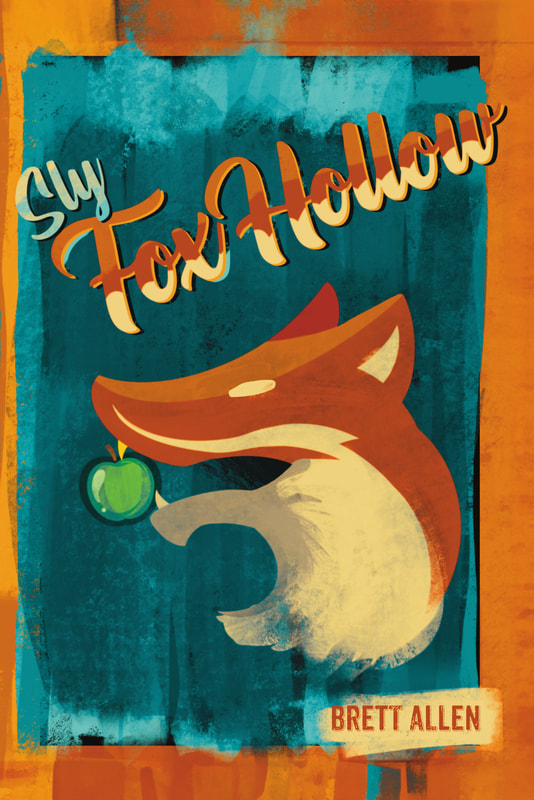
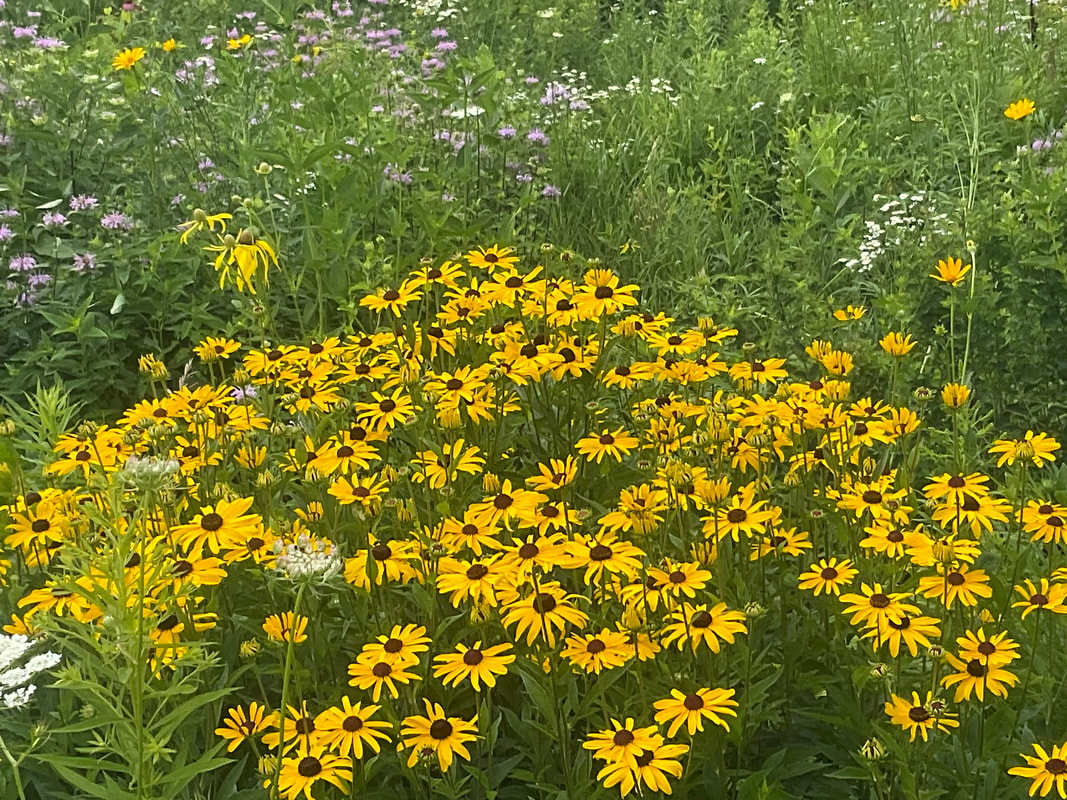

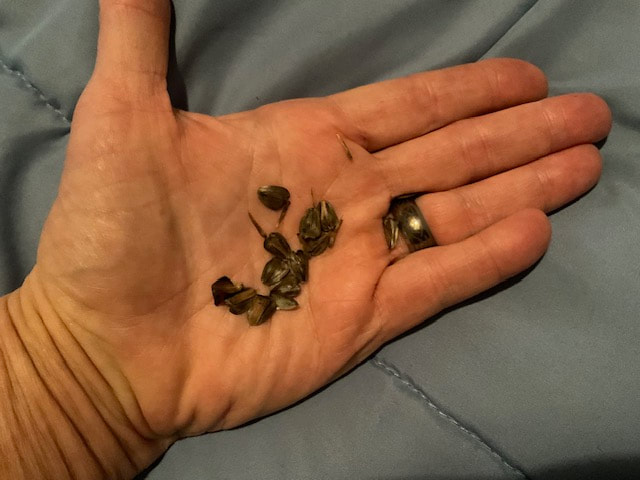



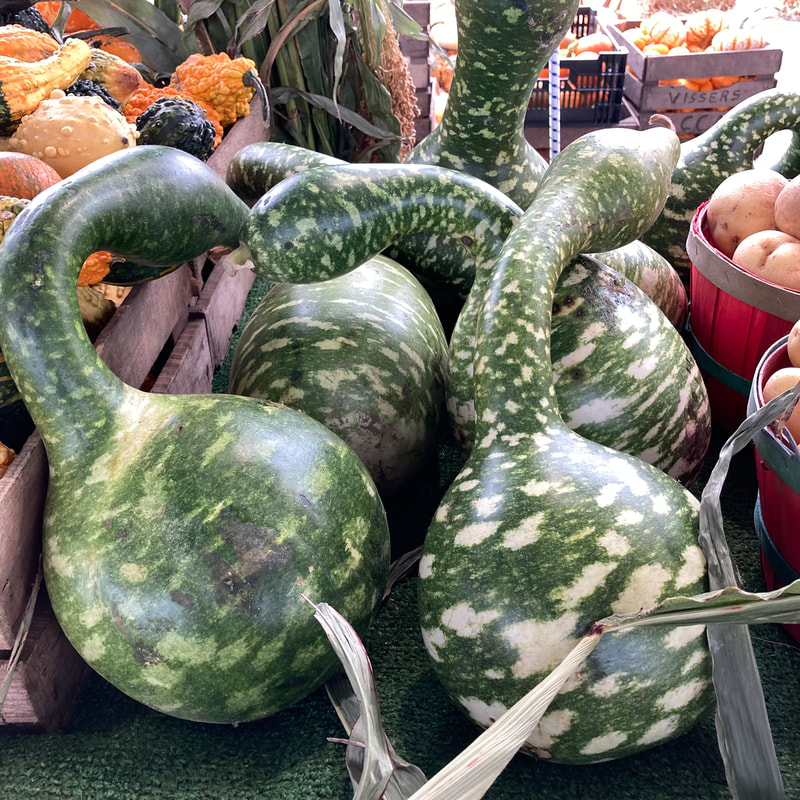
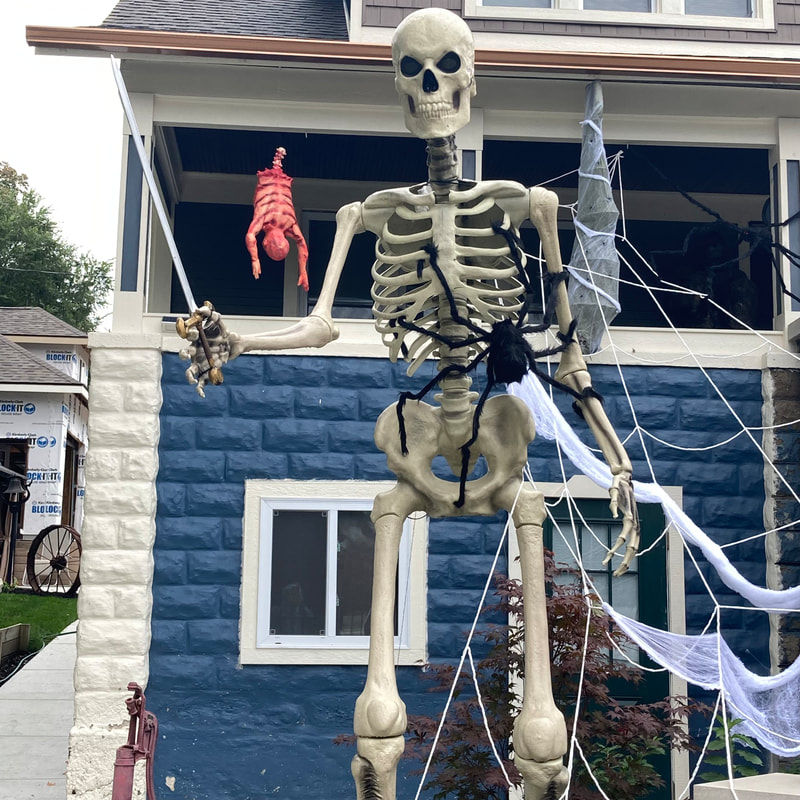


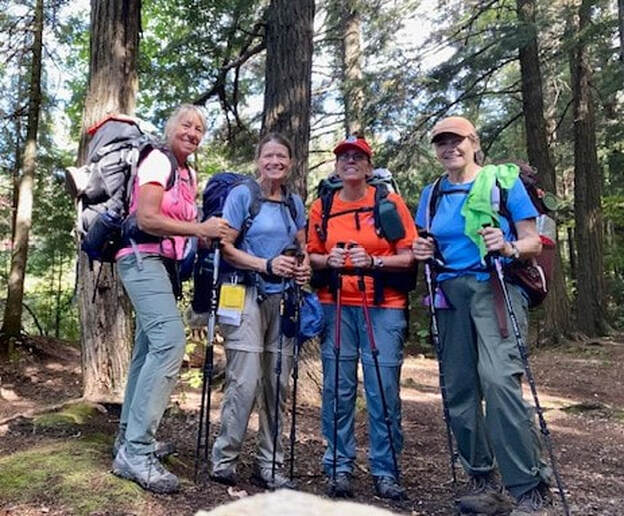
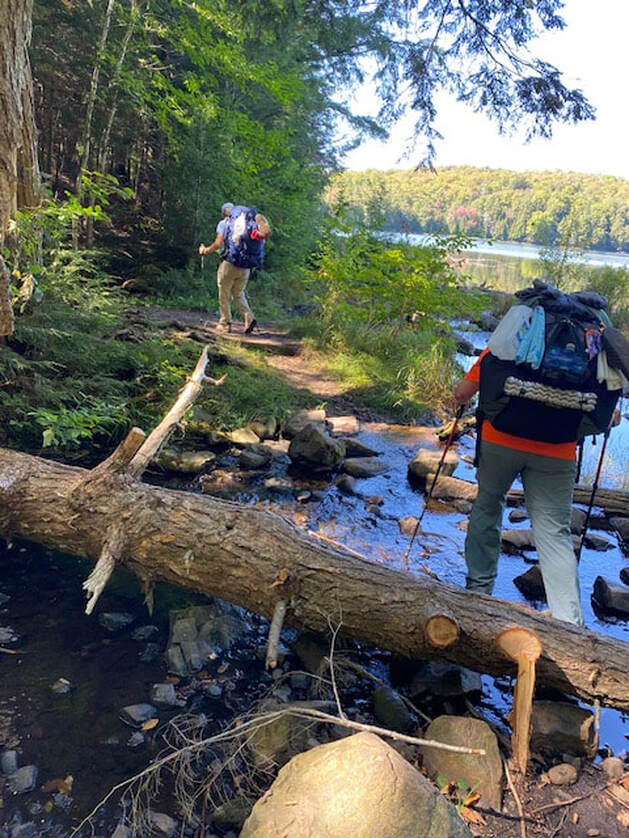
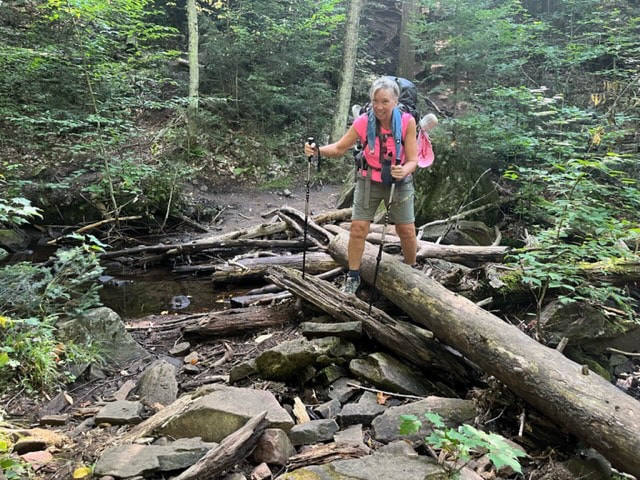
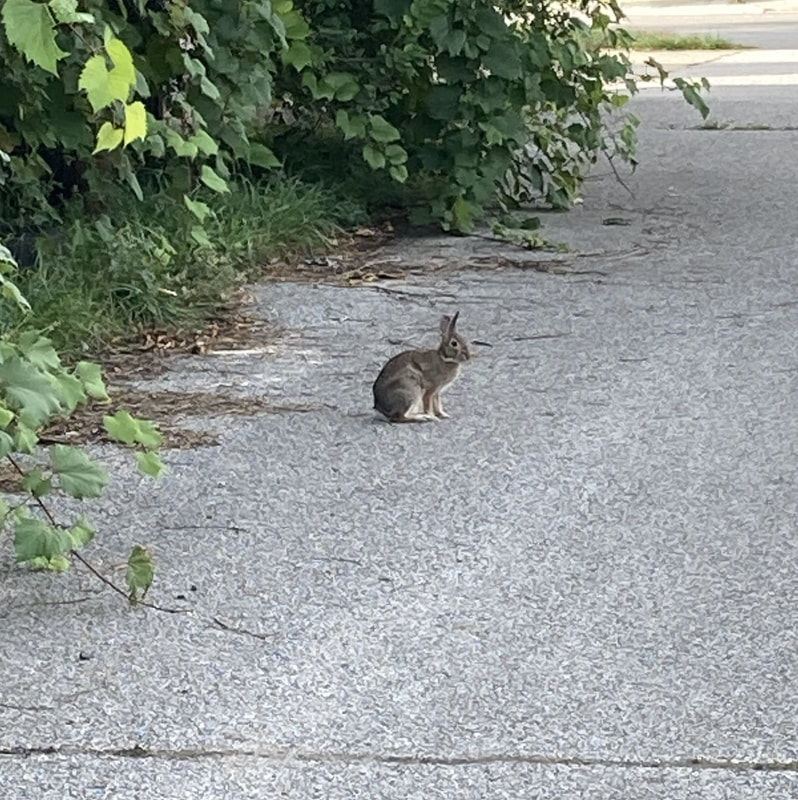



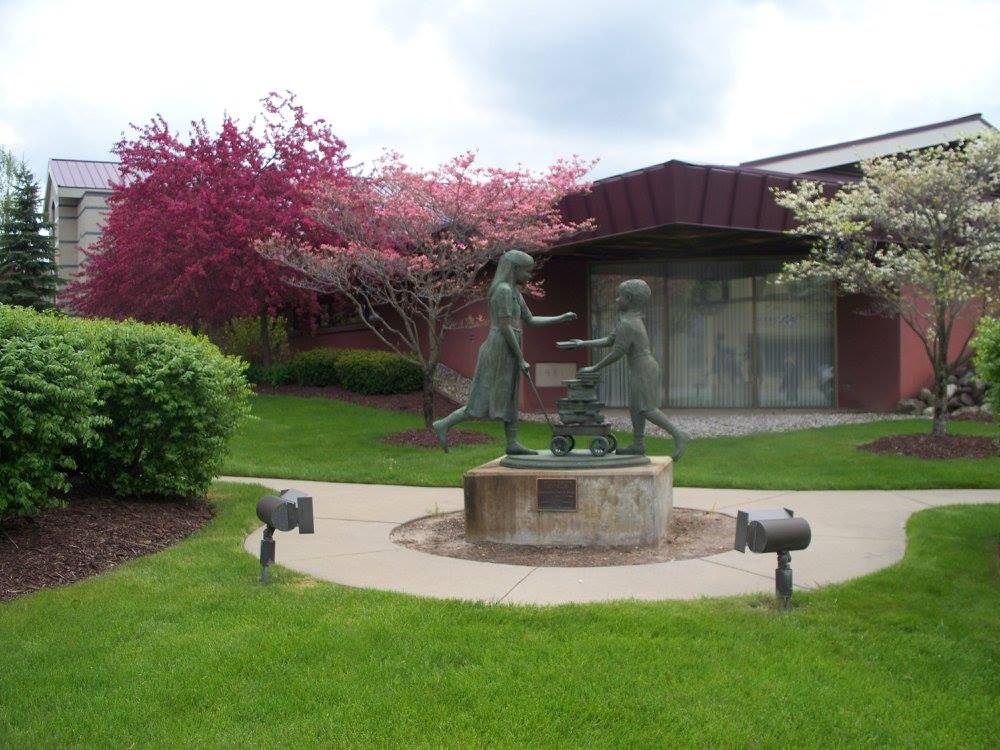
 RSS Feed
RSS Feed